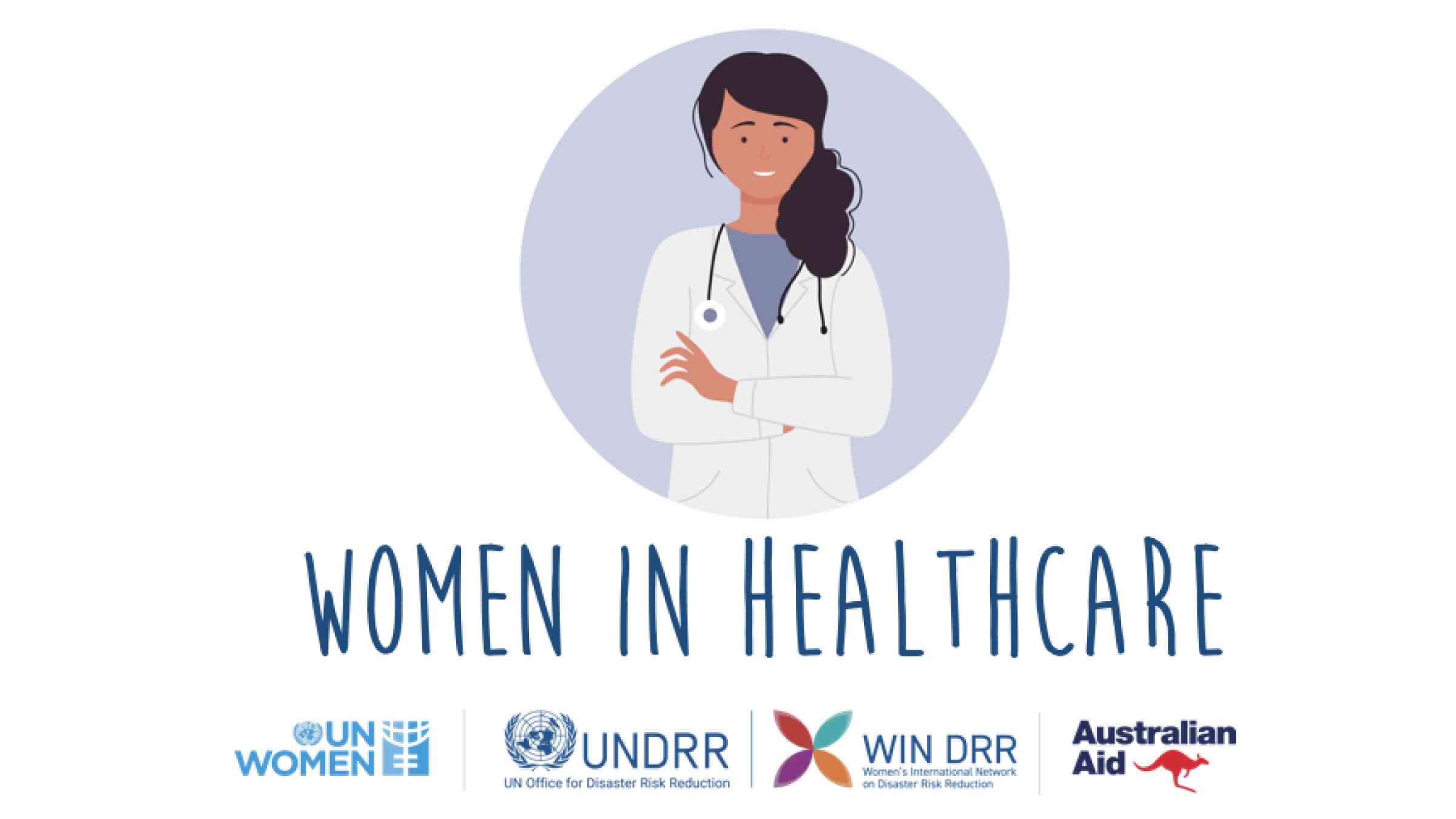Healthcare RCM Solutions for Efficient Earnings Cycle Administration
Healthcare RCM Solutions for Efficient Earnings Cycle Administration
Blog Article
A Comprehensive Overview on How Health Care RCM Works to Improve Invoicing and Collections
Navigating the intricacies of medical care profits cycle monitoring (RCM) is critical for providers intending to boost their invoicing and collections processes. The guide unboxes the complexities of RCM, from individual enrollment to accounts receivable administration, offering understandings into enhancing each step. Integrating innovative modern technology and standardized treatments can dramatically minimize case rejections and accelerate payment cycles. Yet, the true difficulty lies in flawlessly merging these components to enhance cash money flow. As we discover the core parts and methods that drive efficiency, one concern stays: how can health care entities ideal position themselves to prosper financially in an ever-evolving market?
Understanding Profits Cycle Management
Comprehending the details of Revenue Cycle Management (RCM) is crucial for medical care organizations aiming to maximize their economic efficiency. RCM is a crucial management function that incorporates the entire financial procedure of individual care, from the first visit establishing to the last settlement of the equilibrium. It is an intricate treatment made to identify, accumulate, and take care of the revenue from the solutions given to people. Effective RCM makes certain that doctor get prompt and exact payments, reducing the risk of revenue loss and enhancing money flow.
The RCM procedure starts when a person timetables a visit and expands via the patient's care journey, including invoicing and collections. A vital goal is to minimize the time in between obtaining and supplying a service settlement, hence improving the company's monetary health. RCM entails different features such as individual registration, insurance confirmation, charge capture, coding, claims submission, settlement uploading, and managing allures and denials.
Key Elements of RCM
In the realm of Profits Cycle Monitoring (RCM), comprehending its key parts is fundamental to accomplishing economic efficiency within health care companies. RCM is a detailed procedure that incorporates different stages, each critical to making sure effective billing and collections. The main parts include individual enrollment, insurance coverage verification, fee capture, coding, insurance claim entry, repayment uploading, and receivable monitoring.


As soon as coded, cases are submitted to payers, where accuracy is critical to prevent beings rejected or hold-ups - Healthcare RCM. Settlement uploading entails recording the received settlements, which allows for the reconciliation of accounts. Lastly, accounts receivable management concentrates on monitoring and addressing overdue claims, guaranteeing timely follow-up and resolution
Each component of RCM is adjoined, and inadequacies in any kind of component can interrupt the entire cycle. Consequently, grasping these components is vital for doctor to optimize income and enhance their financial wellness.
Approaches for Reliable Payment

Systematizing invoicing procedures across the company is an additional vital method. Developing clear standards for documentation, coding, and entry aids preserve consistency and compliance with governing demands. Training staff frequently on these procedures makes certain every person is up-to-date with the most recent adjustments in payment codes and payer plans.
Precise cost capture is crucial in protecting against income leakage. Executing regular audits and tracking systems permits the recognition and adjustment of disparities prior to they affect income. Furthermore, maintaining open lines of communication with payers helps to quickly solve any type of disputes or misconceptions that may emerge.

Last but not least, interesting individuals early in the billing process by providing clear price quotes and instructional materials concerning their financial obligations can dramatically minimize confusion and improve settlement timeliness. These methods jointly add to a more monetarily healthy and balanced and efficient payment system.
Enhancing Collections Procedures
Given the intricacies of medical billing and the variety of payer requirements, improving the collections procedure entails implementing tactical procedures that ensure click here for more info exact and timely repayment of solutions rendered. Automation devices can aid in tracking insurance claim statuses, sending timely pointers to people, and managing denials more effectively.
Educating staff to understand the subtleties of insurance policy plans and billing codes is equally vital. This knowledge encourages them to deal with invoicing inconsistencies quickly and interact properly with people regarding their financial duties. Moreover, clear and clear patient communications are critical. Supplying thorough explanations of fees and offering flexible settlement strategies can boost patient fulfillment and punctual payments.
Routine audits of the collections procedure ought to be performed to recognize locations for improvement and make certain compliance with guidelines. By analyzing information, healthcare organizations can identify trends, expect possible concerns, and adjust methods appropriately (Healthcare RCM). Ultimately, a well-enhanced collections procedure not only supports financial health and wellness but also adds to an extra seamless experience for individuals and team alike
Optimizing Revenue Streams
Structure upon the structure of a strong collections process, health care companies can even more boost their economic stability by purposefully optimizing profits streams. This involves a multi-faceted approach, starting with a detailed evaluation of existing revenue resources to recognize ineffectiveness and areas for growth. Using innovative data analytics tools allows companies to acquire understandings right into payer mix, person demographics, and solution application patterns, permitting data-driven decisions that enhance income capture.
Carrying out automated billing systems can significantly minimize mistakes and expedite claims refining, ensuring that profits is collected more successfully. Furthermore, optimizing payer contracts with regular negotiations can improve repayment rates and terms, directly impacting the lower line. Branching out solution offerings, such as integrating telehealth or wellness programs, can also draw in a more comprehensive person base, hence boosting income possibility.
One more vital element is enhancing person involvement and contentment, as completely satisfied individuals are more probable to comply with treatment plans and make prompt repayments. Providing versatile payment choices and clear invoicing methods can boost collections and foster client commitment. Healthcare RCM. By embracing these methods, medical care companies can develop a much more resilient economic framework, making certain sustained development and security in an ever-changing market landscape
Final Thought
In final thought, healthcare Income Cycle Management (RCM) plays a crucial duty in enhancing payment and collections procedures by integrating crucial components such as patient enrollment, insurance policy confirmation, fee capture, coding, asserts entry, and balance due administration. By utilizing advanced modern technology, standardizing treatments, and fostering client interaction, doctor can significantly lower claim rejections, accelerate payment cycles, and boost money flow. This detailed method to RCM ultimately causes enhanced financial performance and sustainability for healthcare organizations.
The RCM process starts when a client routines a visit and expands via the client's care journey, including billing article source and collections.One more important part is enhancing client engagement and fulfillment, as pleased people are much more likely to adhere to therapy plans and make prompt repayments. Supplying versatile settlement alternatives and clear invoicing techniques can improve collections and foster client loyalty.In final thought, healthcare Profits Cycle Management (RCM) plays a crucial duty in maximizing invoicing and collections procedures by incorporating essential parts such as patient registration, insurance coverage confirmation, fee capture, coding, claims entry, and accounts receivable administration. By utilizing sophisticated technology, standardizing treatments, and fostering person interaction, medical care suppliers can considerably lower case denials, accelerate settlement cycles, and improve cash money circulation.
Report this page